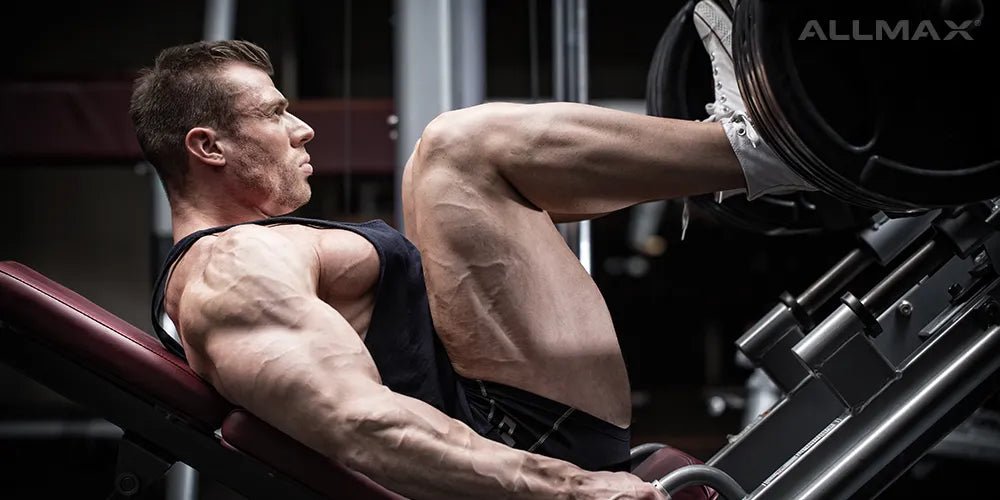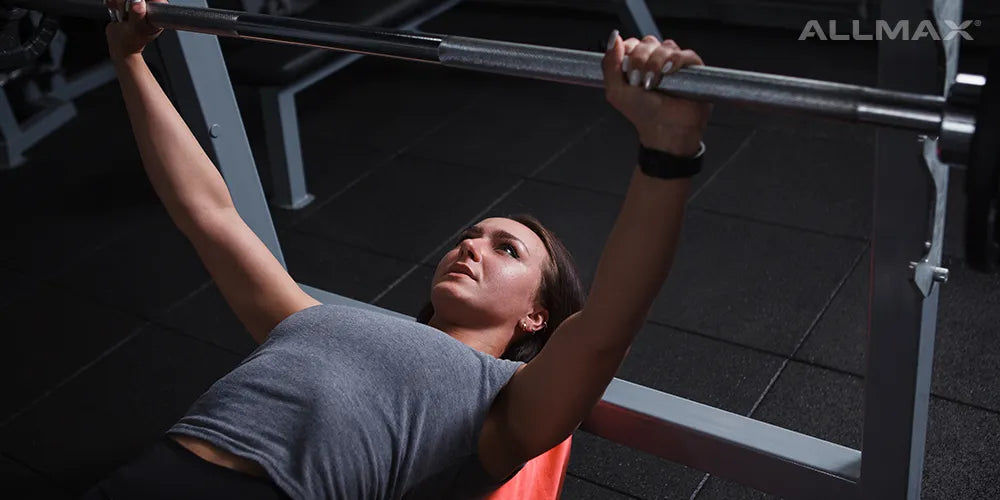On the surface, the bicep curls seems like a simple exercise involving motion exclusively at your elbows. This assumption suggests the exercise is an isolation, or single-joint, movement. The truth, however, is biceps curls involve multiple joints across your upper limbs and are thus a more complex exercise than you may think.
"LEARNING HOW TO MANIPULATE JOINT POSITIONS IS A CRUCIAL TECHNIQUE FOR MAXIMIZING THE GROWTH OF YOUR MUSCLES."
- Standing barbell curls – 5 sets of 20, 15, 12, 10, 8 reps (first two sets are for warm-up purposes)
- Incline bench dumbbell curls – 3 sets of 12, 10, 8 reps
- Standing barbell reverse curls – 3 sets of 12, 10, 8 reps
- Standing alternating hammer curls – 3 sets of 12, 10, 8 reps
Why Joint Position Matters
Manipulating joint position is key to fully targeting the muscles involved:
- Biceps brachii (short and long head)
- Brachialis
- Brachioradialis
Each plays a role in elbow flexion, but their recruitment changes based on arm and forearm angles.
Biceps Anatomy and Function
The biceps brachii has two heads:
- Short head (inner)
- Long head (outer)
Both cross the shoulder, elbow, and forearm (radioulnar) joints. They help flex the elbow, raise the arm, and supinate the forearm (palms-up).
To target both heads evenly during standard curls:
- Keep your arms at your sides
- Maintain forearm supination
- Avoid swinging or raising your arms forward
- Targeting Specific Biceps Heads
What Are Biceps Curls?
Traditional standing bicep curls are more than just an arm exercise — they naturally combine elbow flexion and forearm supination, two key functions of the biceps brachii. To target both heads evenly:
- Keep your forearms externally rotated (palms facing up)
- Keep your arms at your sides, perpendicular to the floor
- Focus on bending only at the elbow
For maximum contraction and muscle engagement, avoid swinging your arms forward, which is a common form of cheating when using weights that are too heavy.
Outer Biceps (Long Head)
To emphasize the outer head, perform curls with your arms angled slightly forward (30–45°), such as:
-
Preacher curls
This angle reduces short head involvement and focuses more on the outer portion.
Inner Biceps (Short Head)
To better engage the short head, perform curls with your arms behind your torso, such as:
-
Incline dumbbell curls
Set the bench at a 45–60° incline to fully stretch and recruit the inner head.
Brachialis: The Overlooked Mass Builder
The brachialis lies beneath the biceps and has a larger cross-sectional area in most people. Unlike the biceps, it crosses only the elbow and is solely responsible for elbow flexion.
Best Brachialis Exercise:
-
Reverse curls
Using a pronated (overhand) grip eliminates biceps involvement, making the brachialis the prime mover.
Brachioradialis: Forearm Filler
This muscle bridges the gap between your upper arm and forearm. It works best in a semi-pronated (neutral) grip position.
Best Brachioradialis Exercises:
- Hammer curls (thumbs-up grip)
- Reverse curls (also hits brachioradialis secondarily)
The Ultimate Biceps & Forearm Training Plan
Each workout targets all three key elbow flexors. Follow one workout per week, switching to the next every four weeks.
Tip: First two sets of curl exercises are warm-ups — do not go to failure.
Workout # 1
- Standing alternating dumbbell curls – 5 sets of 20, 15, 12, 10, 8 reps (first two sets are for warm-up purposes)
- Incline bench dumbbell curls – 3 sets of 12, 10, 8 reps
- Seated machine overhead brachialis curls – 3 sets of 12, 10, 8 reps
- Standing alternating hammer curls – 3 sets of 12, 10, 8 reps
Workout # 2
- Standing barbell curls – 5 sets of 20, 15, 12, 10, 8 reps (first two sets are for warm-up purposes)
- Seated machine preacher curls – 3 sets of 12, 10, 8 reps
- Standing barbell reverse curls – 3 sets of 12, 10, 8 reps
- Standing cable pulley rope hammer curls – 3 sets of 12, 10, 8 reps
Workout # 3
- Standing alternating dumbbell curls – 5 sets of 20, 15, 12, 10, 8 reps (first two sets are for warm-up purposes)
- Seated machine preacher curls – 3 sets of 12, 10, 8 reps
- Seated machine overhead brachialis curls – 3 sets of 12, 10, 8 reps
- Standing cable pulley rope hammer curls – 3 sets of 12, 10, 8 reps
Workout # 4
- Standing barbell curls – 5 sets of 20, 15, 12, 10, 8 reps (first two sets are for warm-up purposes)
- Incline bench dumbbell curls – 3 sets of 12, 10, 8 reps
- Standing barbell reverse curls – 3 sets of 12, 10, 8 reps
- Standing alternating hammer curls – 3 sets of 12, 10, 8 reps



